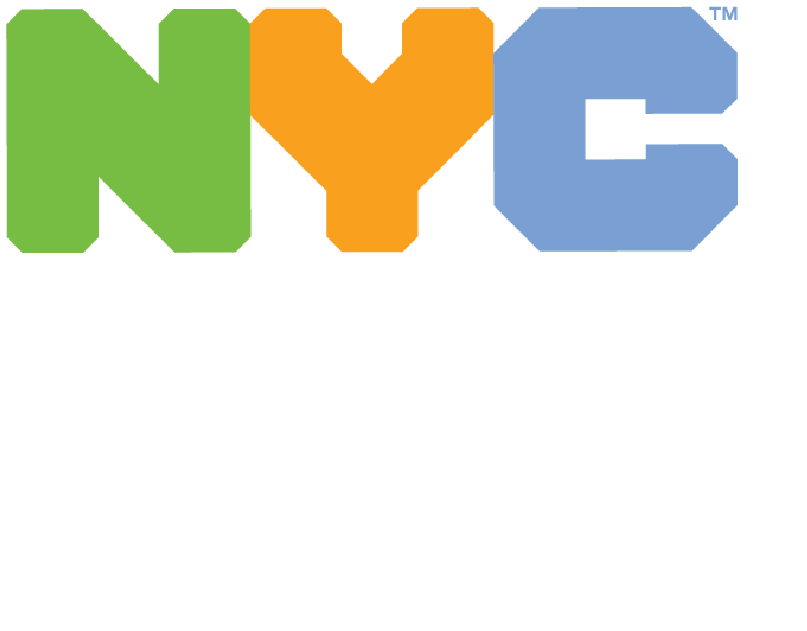FutureReadyNYC funding is launch funding to support schools as they develop and implement a high-quality college and career-connected pathway, and not permanent funding. The Office of Student Pathways and superintendent teams will work with you to develop sustainable models that phase ongoing costs into your budgets over the next 2-3 years. Funds for school year 2023-24 will be issued via School Allocation Memo (SAM). Note: All funding is pending budget availability.
As part of the application, your school should have submitted a budget based on the implementation model, pathways development support needs, and the number of sections/students served. The budgets should align with individual funding needs and requirements, up to the specified amounts provided below, along with guidelines on funding usage and amounts.
First-Year Implementation
-
-
First-Year Implementation
-
Funding Uses
-
Guidance on Use of Funds
-
-
-
SAM amount would range to fund 1-2 teachers for career-connected learning.
Funding would depend on the number of students. engaged in ALL FRNYC programming components; first year implementation schools should complete a budget template based on school size/number of sections detailed below:
- Schools with 1 section per grade (25 students per grade): up to $160K
- Schools with 2 sections per grade (50 students per grade): up to $235K
- Schools with 3 sections per grade: up to $310K
-
Schools should primarily use funding to support new staffing and hiring costs (e.g., hiring of teachers for career-connected instruction, work-based learning coordination, and professional learning). Some funds may be used as administrative support of the FRNYC program (e.g., enrollment, attendance and ongoing logistical support with WBL and higher ed partners).
See FY23 pathway SAM # 53 as a sample for additional guidance. Specific details on recommended uses for SAM funding are listed below by implementation model. As part of the application, schools will be required to complete a budget form detailing planned expenditures.
Other Allowable Use of FRNYC Funds:
- Per Session (schools will manage)
- Equipment
- Supplies and materials
- Direct student services
- Professional development
- Family engagement services
Note: Capital expenditure and student wages are not permissible.
-
1 Section: Consider using funding to support head count for a teacher for career-connected instruction.
2 sections: Consider using funding to support head count for 1.5 teachers for career-connected instruction.
3 sections: Consider using funding to support head count for 2 teachers for career-connected instruction.
-
Full Implementation
-
-
Full Implementation
-
Funding Uses
-
Guidance on Use of Funds
-
-
-
SAM amount would range to fund 1.5-3 teachers for career-connected learning including a pedagogue in serving as WBL coordinator.
Funding would depend on the number of students engaged in ALL FRNYC programming components; first year implementation schools should complete a budget template based on school size/number of sections detailed below:
- Schools with 1 section per grade (25 students per grade): up to $235K
- Schools with 2 sections per grade (50 students per grade): up to $315K
- Schools with 3 sections per grade: up to $470K
-
Schools should primarily use funding to support new staffing and hiring costs (e.g., hiring of teachers for career-connected instruction, work-based learning coordination, and professional learning). Some funds may be used as administrative support of the FRNYC program (e.g., enrollment, attendance and ongoing logistical support with WBL and higher ed partners).
See FY23 pathway SAM # 53 as a sample for additional guidance. Specific details on recommended uses for SAM funding are listed below by implementation model. As part of the application, schools will be required to complete a budget form detailing planned expenditures.
Other Allowable Use of FRNYC Funds:
- Per Session (schools will manage)
- Equipment
- Supplies and materials
- Direct student services
- Professional development
- Family engagement services
Note: Capital expenditure and student wages are not permissible.
-
1 Section: Consider using funding to support headcount for 1.5 teachers for career-connected instruction and including a pedagogue in serving as WBL coordinator in addition to other instructional responsibilities.
2 sections: Consider using funding to support head count for 2 teachers for career-connected instruction and including a pedagogue in serving as WBL coordinator.
3 sections: Consider using funding to support head count for 3 teachers for career-connected and including a pedagogue in serving as WBL coordinator.
-
FRNYC CTE Dedicated Schools; Portfolio Audition; Portfolio Academic Schools
-
-
FutureReadyNYC
-
Funding Uses
-
Guidance on Use of Funds
-
-
-
FRNYC in CTE-dedicated schools, Portfolio Audition, and Portfolio Academic Schools will receive a one-time funding of $50,000.
Schools may start out with either a first-year or full implementation model,
with a target number of students based on school size. Students will need to be engaged in ALL FRNYC programming components. -
Schools should primarily use funding to support new staffing and hiring costs (e.g., hiring of teachers for career-connected instruction, work-based learning coordination, and professional learning). Some funds may be used as administrative support of the FRNYC program (e.g., enrollment, attendance and ongoing logistical support with WBL and higher ed partners).
See FY23 pathway SAM # 53 as a sample for additional guidance. Specific details on recommended uses for SAM funding are listed below by implementation model. As part of the application, schools will be required to complete a budget form detailing planned expenditures.
Other Allowable Use of FRNYC Funds:
- Per Session (schools will manage)
- Equipment
- Supplies and materials
- Direct student services
- Professional development
- Family engagement services
Note: Capital expenditure and student wages are not permissible.
-
Consider using funding to partially support hiring and professional learning costs and other costs associated with participation.
-

